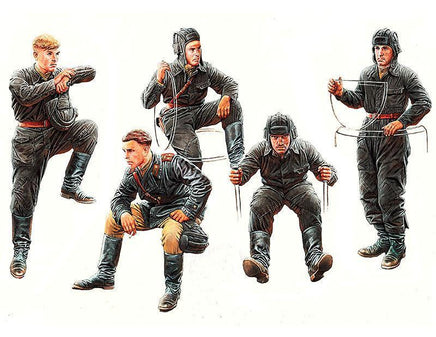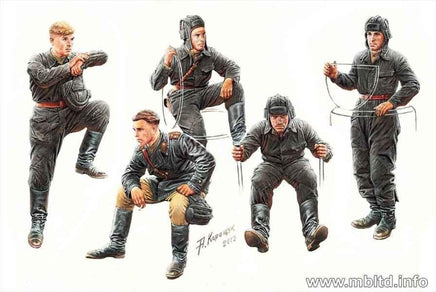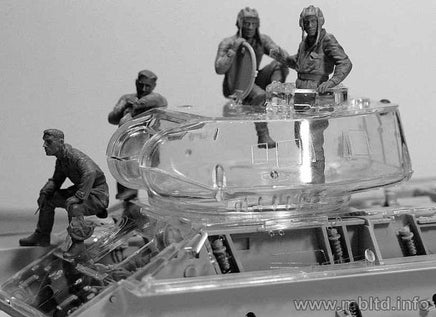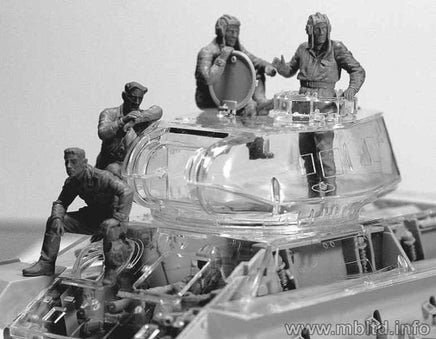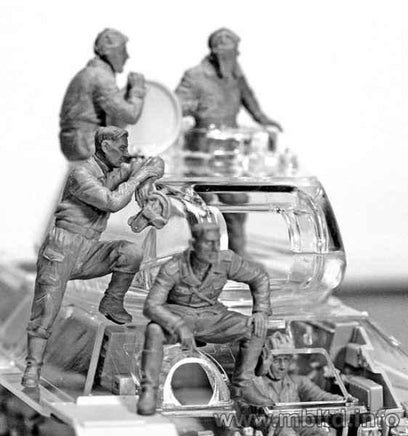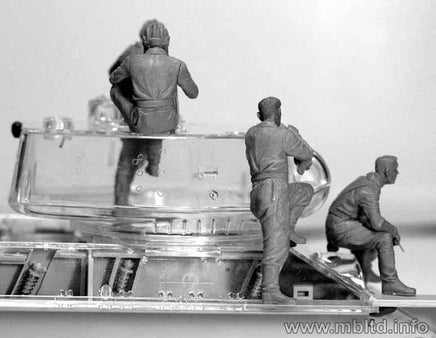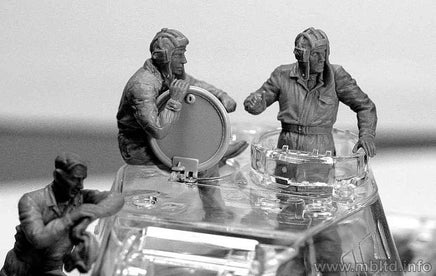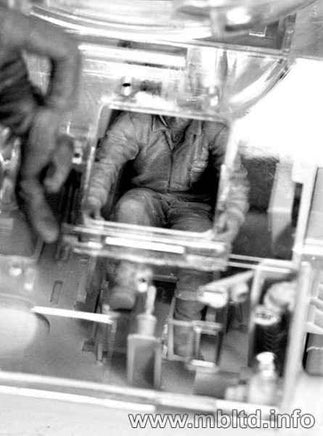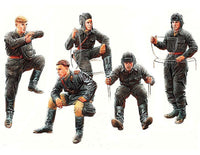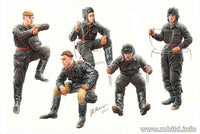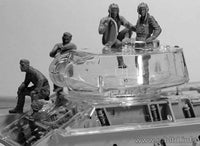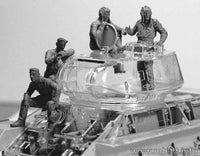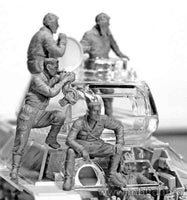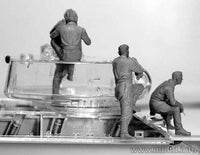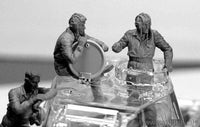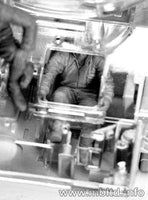Armored and mechanized troops of the Red Army began to be formed on a larger scale in the late 1920s and 1930s. Especially in the 1930s, they developed dynamically. This was reflected both in the organizational structure and in the equipment. On the first of these planes, the formation of mechanized corps began in 1932, the structure of which evolved until the outbreak of World War II. As for the equipment, new types of tanks were introduced, such as the BT-5, BT-7, T-26, and T-28 multi-turret tanks. Very successful tanks were also introduced into the line shortly before the start of the war with the Third Reich—of course, we are talking about the KW-1 and T-34. However, despite the fact that at the time of the German aggression, the Soviet armored forces had a quantitative advantage over the aggressor, they suffered huge losses in men and equipment in the first period of the war. They can be explained by the shortcomings of a well-trained officer cadre (the aftermath of the Stalinist purges of the 1930s), the worse individual training of Soviet tankers compared to their German opponents, or the inferior tactics used by the crews of Soviet tanks. Also, the doctrine of their use was not as consistent and well-grounded in training as in the German army. We can also add to this the rather poor ergonomics of Soviet vehicles or the shortage of short- and long-range radio stations in armored forces. With time, however, these errors began to be more or less successfully corrected. For example, in the spring of 1942, armored armies began to be formed, which were to perform primarily offensive tasks and constituted a slightly more ergonomic structure than the previous mechanized corps. However, it seems reasonable to say that until the end of the war, the Red Army emphasized the quantitative advantage rather than the qualitative advantage over the enemy, although it introduced such successful tanks as the T-34/85 or IS-2 into service during the warfare. This is clearly visible, for example, during the Battle of Kursk in July 1943.
Skip to product information

